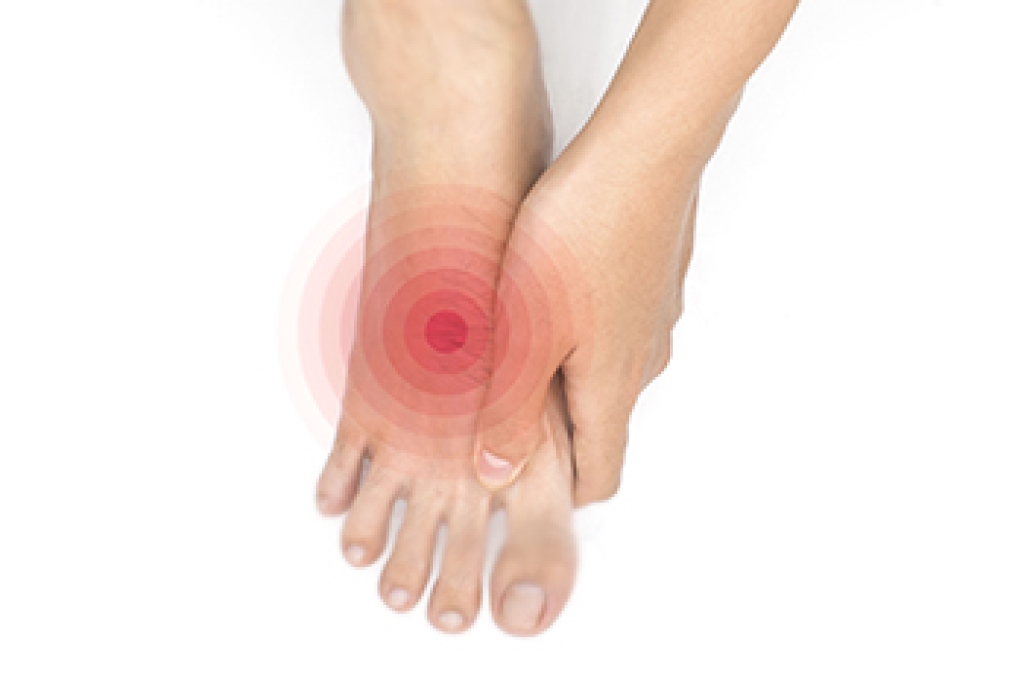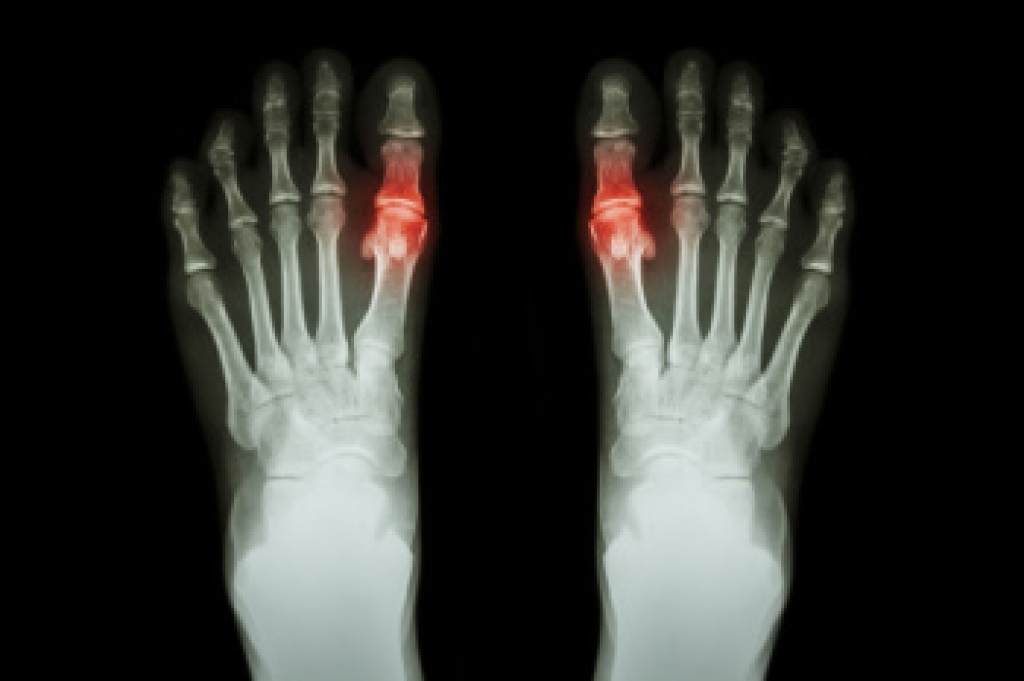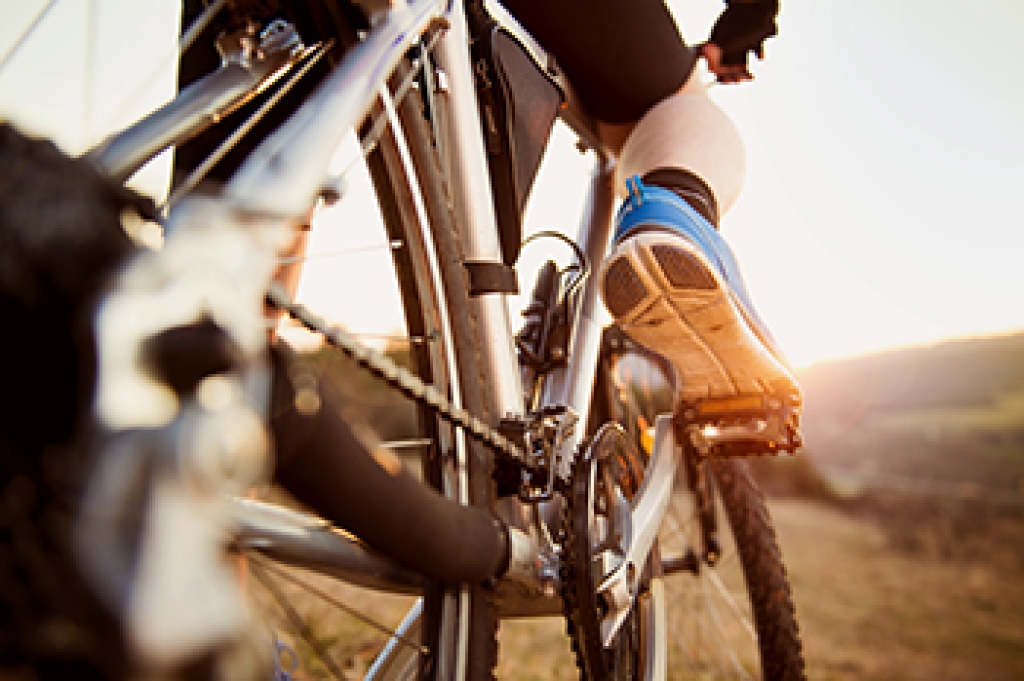
Selecting the right running shoes depends on the type of activity and terrain. Everyday running shoes should provide a balance of cushioning, durability, and support for regular training sessions. They offer comfort for long distances and daily wear. Carbon or race shoes are designed for speed, featuring lightweight materials and a carbon plate to enhance propulsion and efficiency. These shoes help improve performance during races and competitive events. Trail shoes are built for off-road running, offering aggressive tread patterns for grip and stability on uneven terrain. They provide extra protection against rocks and debris. Additionally, tempo and interval shoes are lightweight and responsive, ideal for faster-paced workouts and short, intense runs. Running enthusiasts can develop foot pain from wearing the wrong type of shoes. If this has happened to you, it is suggested that you consult a podiatrist who can treat various foot conditions, and further guide you on the appropriate shoes to wear for your desired running style.
You should always make sure your running shoes fit properly in order to avoid injury. For more information, contact Dr. Castillo from Bronx Foot Care. Our doctor can provide the care you need to keep you pain-free and on your feet.
Choosing the Right Running Shoe for Your Foot Type
Improper shoe sizing can cause a myriad of problems for your feet. Shoes that don’t fit you properly can lead to muscular imbalances in your body, which can result in foot, knee, and hip injuries.
Tips for Finding the Right Running Shoe
- Make sure you have a thumb’s width of wiggle room between the end of your longest toe and the front of the shoe.
- There should be little to no slipping at the heel
- Don’t assume your size in one shoe brand will be your size in another
- Do not lace up your shoes too tightly
- Walk around in the store with your new shoes before you buy them
If you have any questions, please feel free to contact our offices located in Bronx, NY Yonkers, NY . We offer the newest diagnostic and treatment technologies for all your foot care needs.




